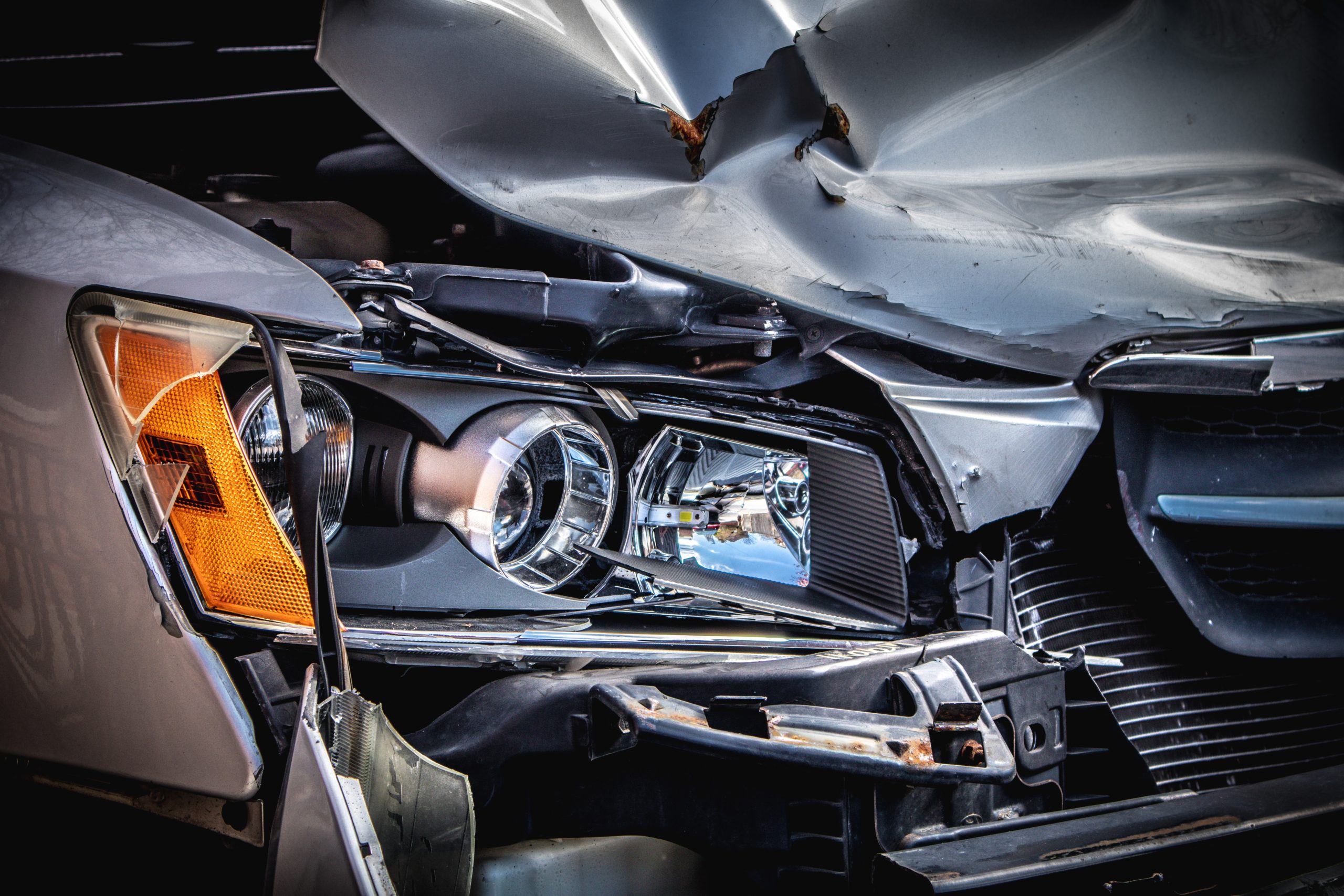The NHTSA has announced a major increase in fatal car crashes in a recent press release. In the United States, the average number of fatal car accidents had risen by 6.8% between 2019 and 2020, and shot up again by 10.5% in 2021. That last statistic is the highest it’s been since 2005, breaking a 16 year record.
The following traffic categories have all seen an increase in fatalities from 2020 to 2021.
- Multiple vehicle collisions (16% increase).
- Police reported accidents with alcohol involvement (5% increase).
- Vehicle accidents on urban roads (16% increase).
- Crashes related to speeding (5% increase).
- Accidents involving drivers over the age of 64 (14% increase).
- Auto accidents involving bicyclists (5% increase).
- Pedestrian accidents (13% increase).
- Motorcycle accidents (9% increase).
- Collisions involving one or more trucks (13% increase).
- Auto accidents occuring during the day (11% increase).
In the press release, the NHTSA’s Deputy Administrator Dr. Steven Cliff made a statement.
“This crisis on our roads is urgent and preventable. We will redouble our safety efforts, and we need everyone – state and local governments, safety advocates, automakers, and drivers – to join us. All of our lives depend on it.”
What’s Being Done?
In response to this alarming rise in fatal roadway accidents, the NHTSA has launched the Click It or Ticket program.
This new program is dedicated to educating and raising awareness to the public about the importance of wearing a seatbelt. It may sound corny at first, but it’s completely necessary. In 2017, 15,000 lives were saved by wearing seatbelts in auto accidents.
In 2020 alone, 10,893 passengers without seatbelts died in car accidents. Even more alarming is the fact that 60% of young adults who died in collisions that same year were unbuckled.
The numbers don’t lie. Always wear your seatbelt – it might save your life.
If You’ve Been in an Accident…
If you’ve been injured in a car accident, try to remain collected enough to follow these important steps.
- If you are able to do so safely, carefully move your vehicle out of the road to prevent further accidents with oncoming traffic.
- Call 911. The emergency center will direct your call to the police, or an ambulance. Even if the accident was minor, it’s important to call the police so that a report can be filed. This report can provide evidence later if the other driver twists the story.
- Do not accept or claim fault for the accident. It’s normal to feel guilty even if you didn’t cause the collision, but saying “sorry” can be used against you later.
- If you can, take photos of the other vehicle’s license plate, and any other documentation.
- Exchange information with everyone involved: name, address, phone number, driver’s license number, VIN, license plate number, insurance policy number, and name of insurance company.
- If there are any witnesses, exchange contact information.
- Take photos of your personal injuries and any damage done to your vehicle.
- Once an officer tells you you can leave the scene of the accident, go to the emergency room. Even if you think you’re “fine”, there may be serious underlying injuries that you aren’t aware of yet due to adrenaline. Personal injuries are expensive, and you’ll need compensation. However, compensation is rarely attainable if you haven’t sought medical attention.
- Have a friend or family member report the accident to the insurance company, and do not give a statement or sign any documents without speaking to your personal injury lawyer
- Hire a personal injury attorney as soon as possible to ensure that you get the compensation you need and deserve to cover all of your injury related expenses.
- You can download our free infographic of what to do after an accident here.
If you have been injured in a car, truck, or motorcycle accident caused by another party, contact us as soon as possible to schedule your no-cost initial consultation. There you will be given free legal advice from a dedicated St. Louis personal injury lawyer near you. Don’t delay!

